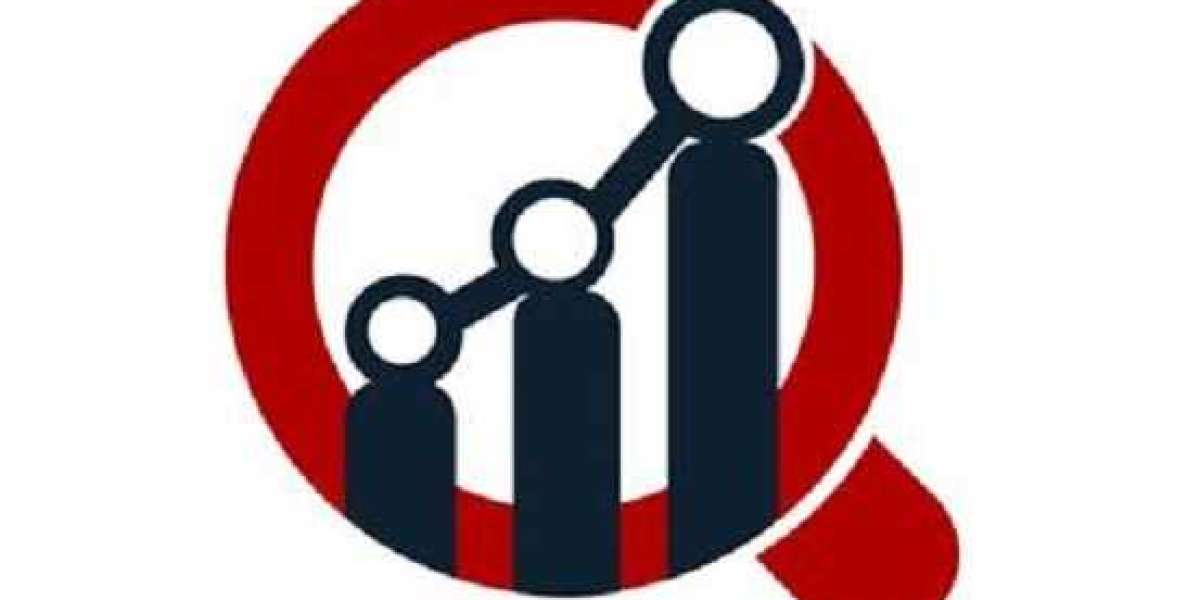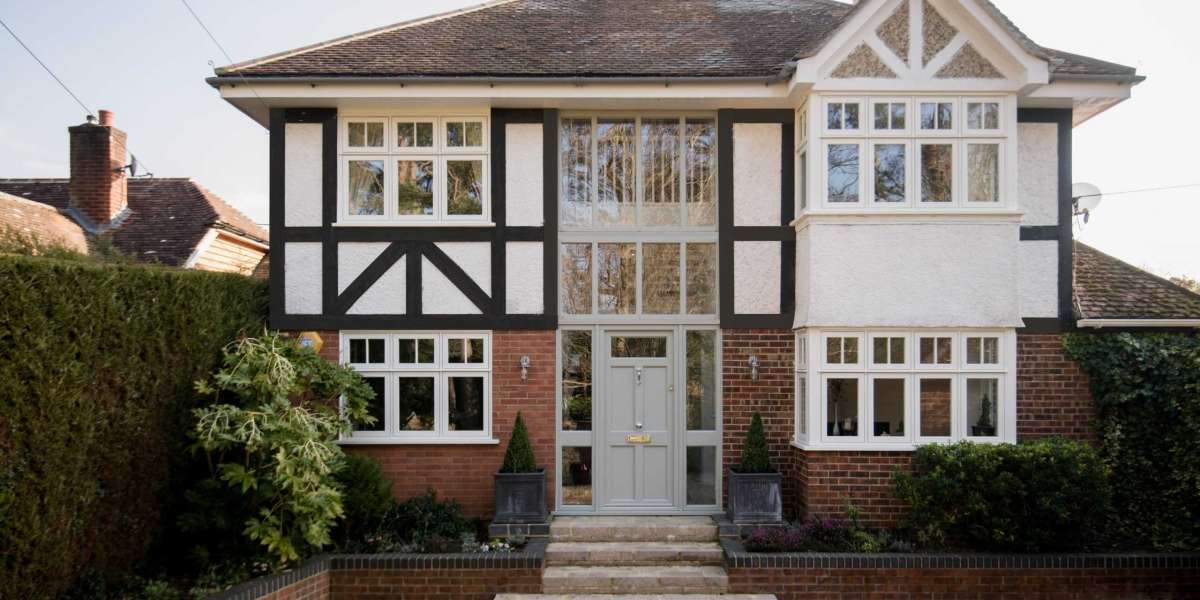Why is the Home Sleep Apnea Test Market Experiencing Significant Growth?
The Home Sleep Apnea Test (HSAT) market focuses on devices and services that enable individuals to be tested for sleep apnea from the comfort of their homes, offering a convenient and often more cost-effective alternative to traditional in-lab polysomnography (PSG). The HSAT market is experiencing significant growth due to the high and increasing prevalence of undiagnosed sleep apnea, growing awareness of the condition and its health implications, and a strong preference for convenient and affordable home-based diagnostic solutions.
The global home sleep apnea testing market is poised for significant expansion, with sales projected to grow from an estimated USD 712.3 million in 2025 to USD 966.1 million by 2035, reflecting a steady CAGR of 3.1%.
Increased awareness among healthcare professionals and the public is leading to a significant rise in screenings and diagnostic referrals.
- Convenience and Comfort: HSATs offer a more comfortable and less disruptive alternative to overnight stays in a sleep lab, encouraging more individuals to undergo testing.
Favorable insurance policies and increasing reimbursement for HSATs further enhance market outlook.
- Technological Advancements: Continuous innovations in portable diagnostic tools, advanced sensor technology, and user-friendly designs are making HSAT devices more accurate and easier to use.
- COVID-19 Pandemic Impact: The pandemic accelerated the adoption of remote diagnostic solutions, including HSATs, to minimize hospital visits and reduce infection risk.
What Cutting-Edge Technologies and Trends are Shaping the Home Sleep Apnea Test Market?
The Home Sleep Apnea Test market is rapidly evolving, driven by advancements in sensor technology, the integration of AI, and the proliferation of wearable health devices.
Advanced Sensor Technology is crucial for improving the precision of HSAT devices. Modern HSAT devices are equipped with highly sensitive sensors that provide better accuracy in measuring critical parameters such as respiratory effort, airflow, oxygen saturation levels, and heart rate. Many devices now offer multi-parameter monitoring for comprehensive assessments.
Wearable Technology Integration is a major trend. The growing adoption of wearable fitness devices that monitor sleep quality and breathing patterns (e.g., the Belun Ring, which uses AI to diagnose obstructive sleep apnea) is facilitating the early detection of sleep apnea symptoms.
This improves the efficiency of sleep apnea management by allowing clinicians to access patient data remotely.
Portable and User-Friendly Designs are key to wider adoption. Manufacturers are focusing on developing compact, non-invasive, and intuitive HSAT devices that are easy for patients to set up and use at home.
The market is also seeing a growth in Type 3 HSAT devices, which typically include multiple channels (e.g., respiratory effort, airflow, oxygen saturation), dominating the market with the largest revenue share (72% in 2024). The Type 4 segment (single or two channels) is expected to witness the fastest growth, indicating a trend towards simpler, highly convenient devices.
What are the Key Challenges and Future Outlook for the Home Sleep Apnea Test Market?
Despite its robust growth, the Home Sleep Apnea Test market faces challenges, primarily related to diagnostic limitations, regulatory landscape, and patient compliance.
A primary challenge is the diagnostic limitations of HSATs compared to full in-lab polysomnography (PSG). HSATs may not capture the full spectrum of sleep disorders (e.g., central sleep apnea, insomnia, restless leg syndrome) or provide as detailed sleep staging information as PSG.
- Affordability and Accessibility: Continued focus on cost-effective solutions will make HSATs available to a broader segment of the population, reducing the burden of undiagnosed sleep apnea.
In conclusion, the Home Sleep Apnea Test market is undergoing a period of dynamic growth, driven by its inherent convenience, cost-effectiveness, and continuous technological innovation. As devices become more accurate, user-friendly, and integrated with digital health, HSATs are poised to become the dominant diagnostic method for sleep apnea, significantly improving patient outcomes and public health worldwide.
Contact:
Market Research Future®
99 Hudson Street,5Th Floor
New York, New York 10013
United States of America
Phone:
+1 628 258 0071(US)
+44 2035 002 764(UK)
Email: sales@marketresearchfuture.com
Website: https://www.marketresearchfuture.com








